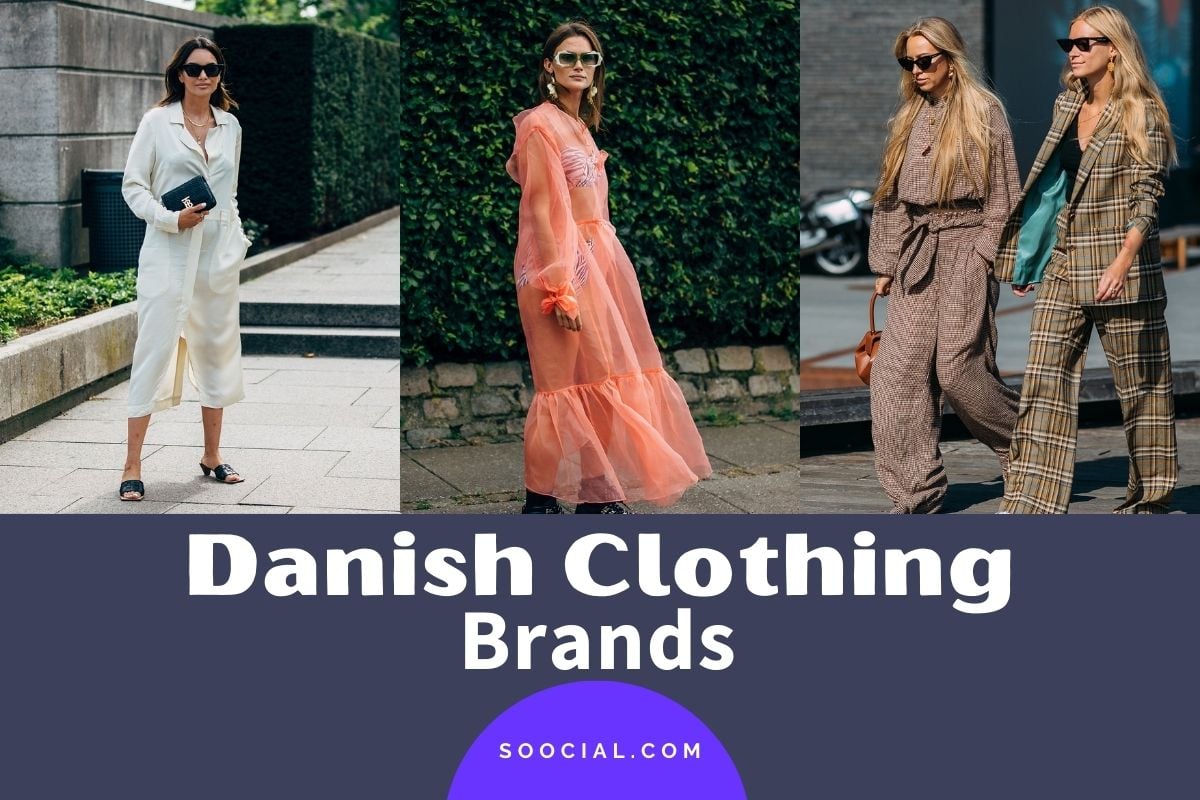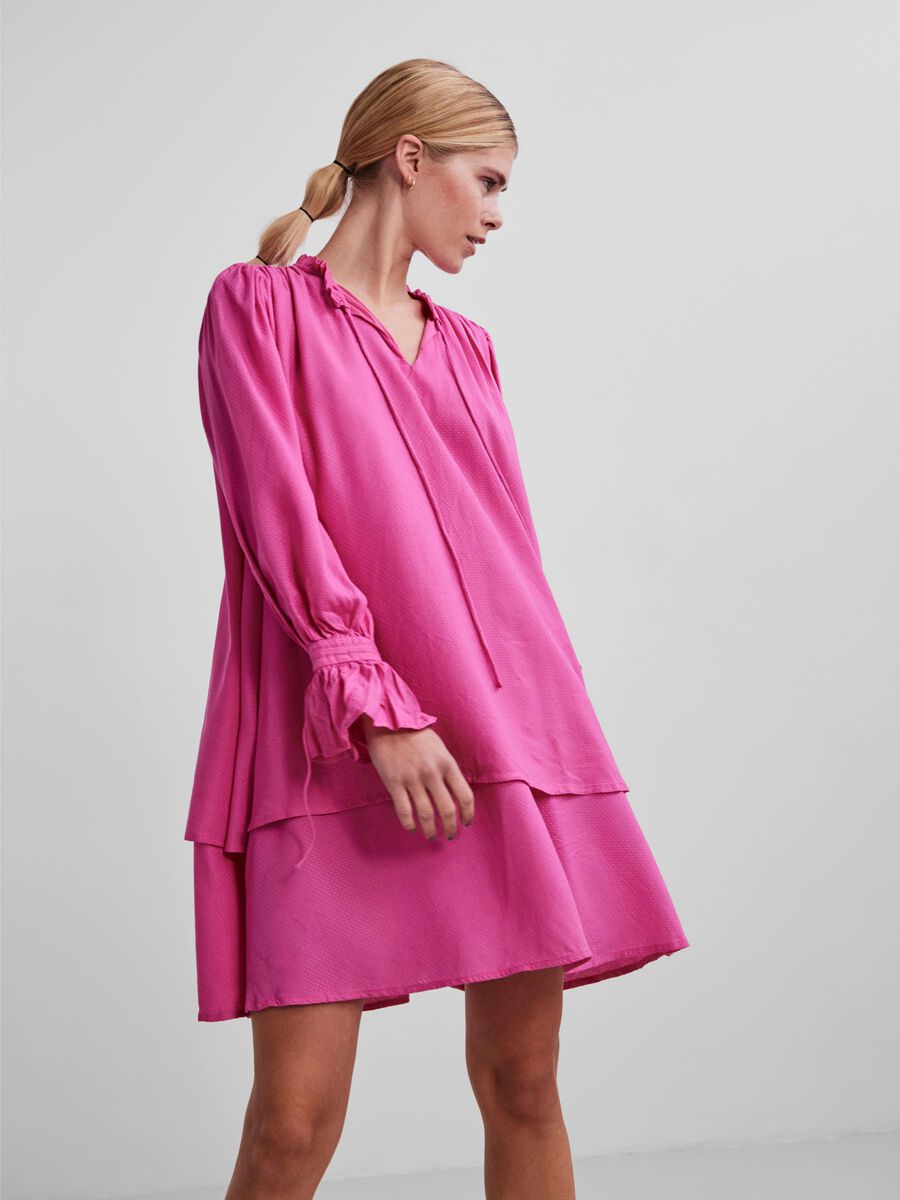Are you considering starting a roofing company in Texas? The state is home to a number of thriving roofing businesses, and there’s plenty of opportunity for new entrepreneurs to get their start in the industry. But starting a roofing company isn’t easy – it takes hard work, dedication, and a lot of planning.
In this blog post, we’ll provide an overview of the steps you need to take to start your own roofing company in Texas. We’ll also touch on the important factors you need to consider when marketing your services.
12 Steps to Start a Roofing Company in Texas
1. Write your business plan
To start, you’ll need to write a business plan. A business plan is a written document that outlines the goals, strategies, and financial forecasts for your business.
A good business plan will outline your goals and how you plan to achieve them.
This can be done by breaking down the company into specific aspects and then breaking those down into smaller pieces.
You can then go about creating a detailed timeline for how each piece will be completed and when it will be completed.
It is also important to outline your financial goals so that you can see if your budget matches up with what you want from your company.
You should ensure that you have enough money set aside for advertising and other costs associated with running the business, such as rent for office or warehouse space if needed.
Here are a few important things you should consider while planning your Roofing business:
Startup and ongoing costs
There are a number of initial costs that must be taken into account, including the purchase of roofing tools and equipment, purchasing or leasing of storage space and office space, trucks for the transportation of materials, hiring qualified roofers, and obtaining insurance.
There are a few key ongoing expenses that must be considered. There are labor costs. Roofing is a physically demanding job, and it is important to pay workers fair wages in order to attract and retain quality employees.
The cost of labor in the roofing business is usually between $15 and $20 per hour. Installers typically receive $15 per hour, and Foremen receive around $20 per hour. Laborers typically make around $11 to $13 per hour.
Additional costs include rent for an office/storage space, liability insurance, monthly utilities, office supplies, etc. Finally, there are marketing and advertising costs. A roofing company needs to constantly promote itself in order to generate new leads and business.
Of course, there is also the potential for unforeseen expenses, such as repairs to damaged equipment or the cost of additional liability insurance.
With all of these factors to consider, it is clear that starting a roofing company requires a significant financial investment. However, with careful planning and a solid business plan, it is possible to mitigate some of the risks and create a successful business.
Target Market
When starting a roofing business, it’s important to identify your target market. A roofing business typically targets homeowners and businesses as its main market. Homeowners usually need roofing services when they are selling their home or when their roof has been damaged by severe weather.
Businesses, on the other hand, often need roofing services when they are constructing a new building or expanding their existing facilities. In either case, the roofing business can provide a variety of services, including repairing existing roofs, installing new roofs, and providing maintenance and inspection services.
As any roofer will tell you, a flat roof is much easier to work on than one with a steep angle. Therefore, roofers typically give preference to clients who own property with a flat roof.
Furthermore, most roofers prefer to work with clients who own multiple properties. This is because established business relationships often lead to additional projects down the road.
Pricing
A roofing company makes money by charging customers for the materials and labor necessary to repair or replace their roofs. The cost of materials will vary depending on the type of roof and the size of the area that needs to be repaired or replaced.
The cost of labor will also vary depending on the complexity of the repair or replacement job. In addition, roofing companies may also charge a fee for inspections/evaluations. Generally, the more experience a roofing company has, the higher their prices will be.
The cost of a roof replacement can vary widely depending on the size, materials used, slope, and other factors, but it usually ranges between $6,500 and $20,000. The average roof replacement cost in Texas is around $12,000. You can charge around $1,000 to $2000 for tearing off the old roof.
Additionally, you can charge $100 to $250 for a comprehensive roof evaluation. You could offer free roof evaluations, as some roofers do, in the hope that the property owner will hire them for repairs.
2. Choose your business name
Choosing a name for your roofing business is an important decision. After all, it’s the first thing that people will see when they visit your website or search for you on Google, so it’s essential that it resonates with your overall brand.
You want something short, catchy, and that can tell the story of who you are as a company. When picking the name, make sure it’s easy to spell and pronounce. If customers have trouble spelling or pronouncing your name, they’ll be less likely to remember it later on down the road when they need your services again.
If you’re struggling to come up with an attractive name, you can visit our post 435 Catchy Roofing Company Name Ideas, that’ll surely help you in your brainstorming session.
Here are a few important things to keep in mind when registering a business name:
- Follow Texas company naming guidelines
- Make sure the name doesn’t conflict with federal and state trademark records
- Ensure that the web domain is available
Finding a perfect name that is available in your state can be quite challenging, so why not let us do it for you? Our naming service will help you find the best name for your business, so you don’t have to worry about any of this stuff!
3. Choose a business structure
There are several different business structures to choose from when starting your roofing business. The most common structures are Sole Proprietorships, Partnerships, Limited Liability Companies (LLCs), and Corporations.
Each has its own advantages and disadvantages, so it’s important to choose the one that best fits your needs. For instance, a sole proprietorship is a simplest and most common structure, but you’re personally liable for all debts and obligations of the business.
A partnership is similar to a sole proprietorship, but there are two or more owners who share management and profit-sharing responsibilities. An LLC offers protection from personal liability, but there are stricter rules and regulations governing how the business is run.
Finally, a corporation is a separate legal entity from its owners and offers the most protection from personal liability, but it also has the highest level of taxation.
When choosing a business structure, it’s important to consult with an attorney or accountant to ensure you’re making the best decision for your particular business.
4. Obtain the necessary licenses and permits
Before you start operating your business, it’s important to obtain the necessary licenses and permits. Operating without a license can lead to hefty fines, so businesses have to make sure they are compliant with state law.
Fortunately, in Texas, licensure is not required for roofing contractors. For more information about licenses and permits, you can get local assistance from U.S. Small Business Administration.
5. Register your business for taxes
When you start a business, there are a number of important things to take care of. One of the most important is making sure that your business is registered for taxes. You’ll need to register for a variety of federal and state taxes.
For that, the first step is to obtain an Employer Identification Number (EIN) from the Internal Revenue Service (IRS). This number will be used on all of your tax filings.
Depending on your business structure, you will need to determine which taxes your business is required to pay. The most common business taxes are income taxes and payroll taxes.
Once you have determined which taxes you need to pay, you will need to set up a system for paying them. This may include withholding taxes from employee paychecks or making quarterly estimated tax payments. By taking care of these details, you can ensure that your business stays compliant with tax laws.
6. Apply for a business bank account and credit card
Applying for a business bank account is a straightforward process. You’ll need to provide your business name, address, and contact information, as well as the employer identification number. Once you’ve been approved, you’ll be able to start using your account to manage your finances.
A business credit card can also be a valuable tool for managing your finances. A credit card will help you build your credit score, which is important for getting loans and lines of credit in the future. When you’re choosing a bank and credit card, be sure to compare interest rates, fees, and rewards programs.
7. Purchase insurance for your business
As a roofing contractor, you face a variety of risks on a daily basis. From falling debris to slip-and-fall accidents, there’s always the potential for something to go wrong. That’s why insurance is just as important as licenses and permits. Not only does it protect your business in the event of an accident, but it can also help to improve your reputation and build customer trust.
It protects your assets—and the people on your team—in case something goes wrong. The right insurance policy will cover any damage to property in your care, any injuries that occur on-site, and even lawsuits from clients unhappy with the work you’ve done for them.
And if something does go wrong, the right insurance can help protect your business from loss of revenue and legal fees while helping you get back on track!
There are a variety of insurance policies for different types of businesses, but General Liability Insurance is the most preferred one. Whether it’s a minor accident or a major disaster, General Liability Insurance can help to minimize the financial impact on your business.
Another insurance policy you might want is Workers’ Compensation Insurance. Workers’ compensation is a type of insurance that ensures benefits to employees who get injured or become ill as a result of their job.
Workers’ compensation laws vary from state to state, but in general, companies are required to provide coverage for their employees. However, in the state of Texas, Workers’ compensation is optional for private employers.
8. Create strong branding
As a roofing contractor, you know that first impressions are everything. When potential customer sees your company name on a truck or sign, they should instantly think of quality and trustworthiness. In other words, your branding needs to be strong.
One way to create strong branding is to choose a professional-looking logo and color scheme. Your logo should be simple and easy to remember, and your colors should be eye-catching but not overwhelming.
You should also come up with a nice slogan for your brand. A good slogan will help to create an instant memorable impression with potential customers, and it can also be a helpful tool to generate word-of-mouth buzz. Check out this list of roofing slogans and see if you like any of them.
You should also use consistent branding across all of your marketing materials, from your website to your business cards. By creating strong branding, you can help ensure that your roofing business stands out from the competition.
9. Purchase the necessary equipment and supplies
When starting a roofing business, it’s important to have the right tools and equipment. While there are many different types of roofing jobs, they all require some basic tools that can be purchased at local hardware stores. Here’s a list of the most common:
- Ladders
- Nail guns and hammers
- Roofing shovel
- Cutting tools (saw, blades, utility knives)
- Safety Gear
- Generator
- Automatic welder
- Measuring tools
10. Hire employees
As a roofing contractor, you know that having a great team is the key to success. Not only do you need skilled workers who are familiar with the latest roofing techniques, but you also need employees who are trustworthy and reliable. When you’re ready to expand your business, it’s important to take the time to find the right employees.
The first step is to identify the specific skills and attributes that you’re looking for in an employee. Once you’ve done this, you can begin the process of recruiting and vetting candidates. By taking the time to find the right employees, you can ensure that your roofing business will be successful for years to come.
11. Create a website for your business
Having a website for your business is essential in today’s digital world. Not only will it help you to reach more potential customers, but it will also allow you to showcase your work and build trust with potential clients.
When creating a website for your roofing business, there are a few key things to keep in mind. First, make sure that the site is easy to navigate and that it clearly highlights the services that you offer.
Second, be sure to include plenty of high-quality photos of your work. And finally, don’t forget to add your contact information so that potential customers can easily get in touch with you.
You can also use your website to post special offers and coupons, which can help to generate interest in your business. In addition, by including testimonials from satisfied customers on your website, you can create a sense of credibility and trustworthiness.
By following these simple tips, you can create a website that will help you to attract more business and build a solid reputation in the roofing industry.
12. Market your business
As a roofing contractor, you know that a strong marketing plan is essential for driving leads and growing your business. But with so many marketing channels to choose from, it can be difficult to know where to start. For maximum impact, focus on the following four areas:
1. Search Engine Optimization: When you design your website, make sure to keep it search engine optimized. This means that your website is designed to be easily read by search engines, not just humans. Search engine optimization (SEO) ensures that your website is as visible as possible to search engines like Google, Bing, and Yahoo. It’s not just about getting more visitors—it’s about getting the right visitors who are interested in what you have to offer. This means they’ll be more likely to buy from you, sign up for your email list, or even contact you for more information. Write a lot of high-quality blog posts about roofing. Use keyword-rich titles and descriptions, and include links to your website from other high-traffic websites.
2. Pay-Per-Click Advertising: Pay-per-click advertising can help you reach people who are actively searching for roofing contractors in your area. Target your ads specifically to your geographic region and use relevant keywords to ensure that your ad appears when people are searching for roofers in your area.
3. Social Media Marketing: Social media platforms like Instagram, Tiktok, and Facebook offer an excellent way to connect with potential customers and build brand awareness. Post regular updates about your business, share photos of recent projects and offer special discounts and promotions to followers. By investing in a comprehensive marketing plan, you can ensure that your roofing business stays top of mind with potential customers.
4. Offline Marketing: Another option is to distribute flyers in neighborhoods where you think potential customers might live. You can also attend local home and garden shows, where you can meet potential customers and tell them about your business.
Whatever marketing strategy you choose, make sure you are creative and persistent. With the right approach, you should be able to find the customers you need to keep your roofing business thriving.












































